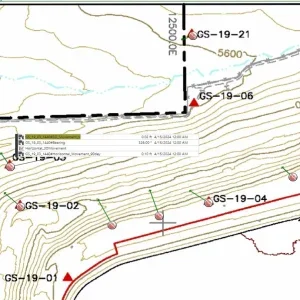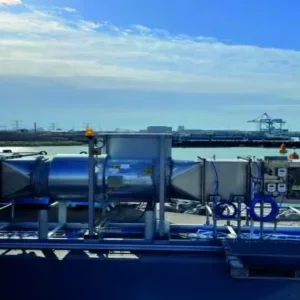
Oil demand in China is showing signs of recovery as strict lockdown restrictions across the world’s biggest importing nation begin to ease, according to analysts.
Demand for the commodity is expected to reach 13 million barrels per day (bpd) in the second quarter of 2020 — a 16.3% increase compared to the first three months of the year, but still 2.5% below the same period of 2019.
In the second half of the year, oil demand is expected to grow 2.3% year-on-year to 13.6 million bpd.
While 2020 remains on track to be an unprecedented low spot for oil markets as coronavirus lockdowns have decimated global appetite, there is cautious optimism that the worst of the slump is now over as economies begin to emerge from the crisis.
Oil demand in China was the first to disappear as coronavirus took hold
The Covid-19 health crisis, which originated in the Chinese city of Wuhan in Hubei province, plunged the country into a state of emergency, with travel restrictions and containment measures quickly eroding oil demand in a pattern repeated in countries around the world.
But with its economy now taking tentative steps to reopen, an increase in domestic travel and industrial activity in China means oil demand is bouncing back, with petrol and diesel among the most sought-after products.
Wood Mackenzie research associate Yuwei Pei said: “Since April, the Chinese government has gradually lifted the coronavirus containment measures. Specifically, China is now easing restrictions on social, commercial and travel activities.
“More people are returning to the office after a period of telecommuting. In addition, private car use is now seen as the safest mode of mobility, shifting passengers from public transport to private cars.”
But there remains a big caveat to any forecast about demand recovery – the potential for a second wave of coronavirus infections that could send countries back into lockdown.
Growing optimism for oil outlooks as lockdowns ease, but uncertainties remain
Earlier this month, the International Energy Agency (IEA) identified a “modest” oil demand boost since April as countries ease lockdowns faster than expected, adjusting its global demand forecast for the year to an 8.6 million bpd decline – an improvement on previous estimates of a 9.6 million bpd decline.
Market consultancy Energy Aspects anticipates a demand recovery for liquid fuels of five million bpd in 2021, but cautions there will not be a return to pre-crisis levels before the end of 2022 and that the potential for a resurgence of Covid-19 remains a big uncertainty.
It added in a recent research note: “While demand is recovering, we remain cautious about just how sustainable the pick-up is, especially as the risk of renewed lockdowns such as those seen in Korea and China is real.
“So while refiners, particularly in the East (with the exception of Japan), are back to buying crude with vigour for July loading, we believe much of that is driven by optimism that demand will recover rather than any certainty.”
Road travel to boost early Chinese demand growth
Traders will nevertheless be keeping a close eye on the Chinese market, not only because of its vast appetite for oil but because it is one of the first to be taking significant steps out of lockdown.
Road travel is expected to drive the early rebound in demand, as citizens favour personal vehicles over public transport and industrial freight activities begin to pick up.
The surge in e-commerce and home shopping deliveries during the lockdown period has provided an interesting lifeline to oil businesses that have endured many struggles during the pandemic, with courier services an integral part of the recovery.
WoodMackenzie estimates demand for diesel and gas oil to return to year-on-year growth by the third quarter of 2020, up 1.2% year-on year to 3.4 million bpd.
Flight restrictions keep jet fuel demand subdued
Jet fuel, however, will continue to experience demand declines throughout the rest of the year, as tight restrictions on international flights remain in place and travellers continue to exercise caution.
A 51% annual decline is expected in the second quarter of the year, down to 400,000 bpd, which is even lower than it was in the first three months of 2020 when lockdowns were in full effect.
Wood Mackenzie consultant Yujiao Lei added: “China’s oil demand recovery trajectory will depend on how the pandemic pans out globally.
“Even if China avoids a second wave of infections, as long as the pandemic remains globally, the country will maintain strict border controls, thus restraining aviation.
“Besides, the ongoing global economic downturn will likely have an adverse impact on China’s exports and investments, putting downward pressure on industrial and commercial transport activity.”






